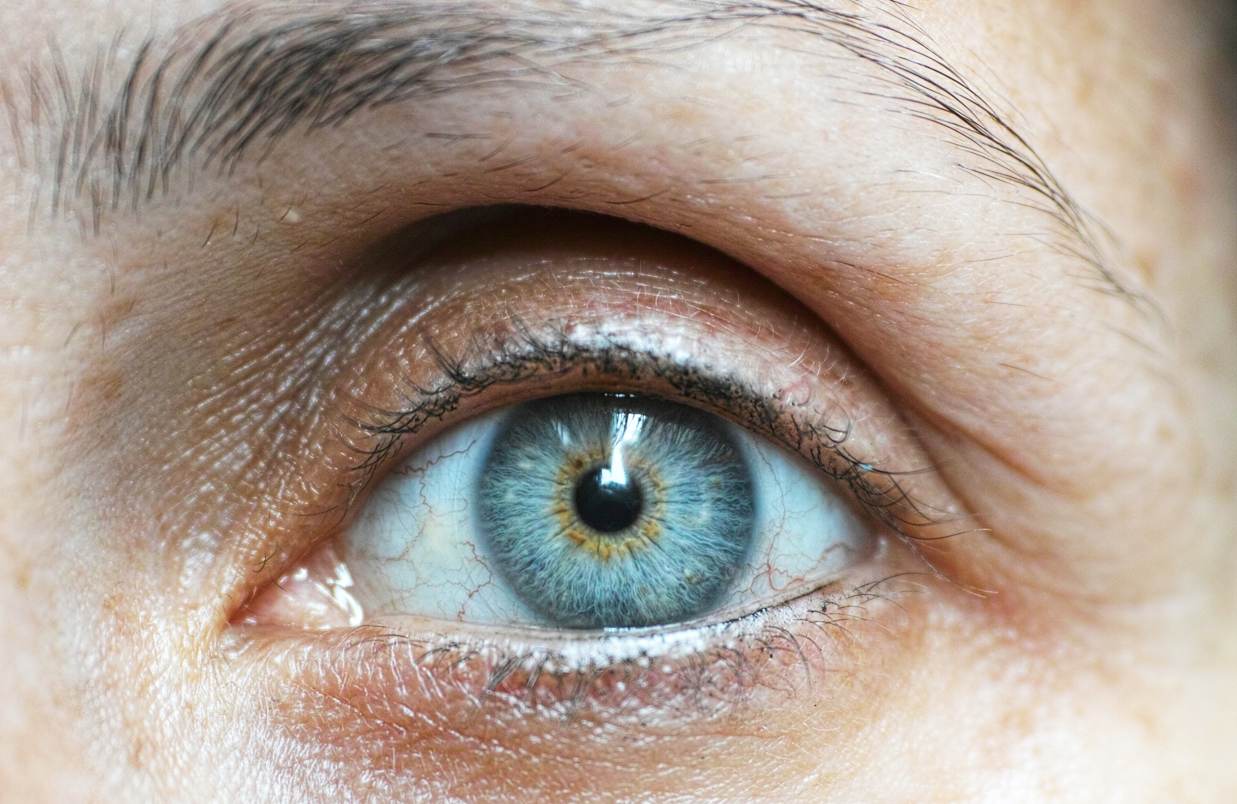The discovery could lead to an inexpensive home treatment
A small-scale UK study of 24 men and women has found staring at deep red light can improve declining eyesight.
Published in the Journals of Gerontology, the discovery is the result of research carried out at University College London and included 12 men and 12 women between the ages of 28 and 72. None of the participants had a history of ocular disease.
The participants were given a small LED flashlight and asked to stare at the 670 nanometre (long wave-length) red light for three minutes each day for two weeks. The sensitivity of the rods and cones in their eyes was tested before and after the two week period.
Researchers found that while the red light didn’t appear to have much of an impact on the rods and cones in the eyes of those under 40, for those over that age, rod and cone function improved. The ability to detect colours in the cones of the eyes improved by 20%. The ability to see in low light also improved, though to a lesser degree.
“As you age, your visual system declines significantly, particularly once you’re over 40,” said Glen Jeffery, lead author of the study and a professor of ophthalmology at the university.
“Your retinal sensitivity and your colour vision are both gradually undermined, and with an aging population, this is an increasingly important issue. To try to stem or reverse this decline, we sought to reboot the retina’s aging cells with short bursts of longwave light.”
The findings suggest that, with further research, affordable home-based therapies for poor eyesight may become available to the public someday.
“Our study shows that it is possible to significantly improve vision that has declined in aged individuals using simple brief exposures to light wavelengths that recharge the energy system that has declined in the retina cells, rather like recharging a battery,” Jeffery said.
Photo: iStock/a_Taiga.



